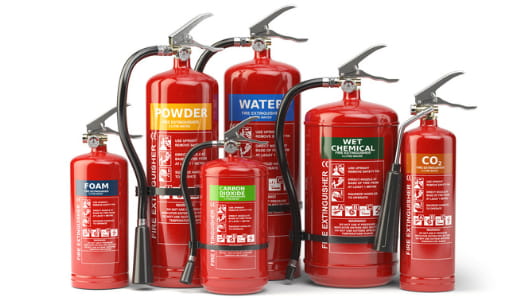Effective flammable liquid fire control is critical in many industrial settings where hazardous materials are stored. Various agents, such as inert gases, dry or wet chemicals, and different types of fire-suppressing foam, are employed to mitigate fire risks. Among these, expansion foam for liquid fires stands out due to its efficiency and versatility.
In this article we will discuss the advantages, and specific scenarios where expansion foam applications prove invaluable, ensuring optimal liquid fire suppression.
Why Choose Foam for Flammable Liquid Fire Control?
Foam-based fire suppression is particularly effective for flammable liquid fire control due to its unique properties. When flammable liquids are involved, traditional methods like water may not suffice.
Water is denser than most flammable liquids and tends to sink, making it less effective. Conversely, fire-suppressing foam is lighter and rises to the surface, forming a blanket that prevents oxygen from fueling the fire.
Expansion Foam for Liquid Fires: How It Works
Expansion foam for liquid fires works by creating a thick, insulating blanket over the flammable liquid’s surface. This foam blanket prevents the release of flammable vapors, cuts off the oxygen supply, and cools the burning material, effectively smothering the fire. This dual action of vapor suppression and oxygen exclusion makes foam an ideal choice for liquid fire suppression.
Types of Expansion Foam Applications
There are several types of expansion foam used in fire protection, each suited to different scenarios. Understanding the appropriate foam type for specific situations is crucial for effective liquid fire suppression.
Low-Expansion Foam
Low-expansion foam expands up to 20 times its original volume. It is primarily used to create a fire-suppressing film on the surface of flammable liquids. This type of foam is ideal for scenarios where a quick, extensive spread is not necessary, but a robust layer over the liquid surface is essential.
Medium and High-Expansion Foam
Medium-expansion foam expands between 20 and 200 times, while high-expansion foam can expand up to 1000 times its original volume. These foams are particularly useful for filling large, confined spaces rapidly, such as basements, mine tunnels, or aircraft hangars. Their ability to quickly occupy and smother large volumes makes them indispensable in certain expansion foam applications.
When Not to Use Expansion Foam for Liquid Fires
Despite its effectiveness, there are specific situations where expansion foam for liquid fires is not recommended. Having a in-depth knowledge on these limitations is crucial for ensuring safety and effectiveness.
Electrical Fires
The foam contains water and an electrical conductor, making it hazardous for electrical fires. However, foam can be used if the electricity is first disconnected, reducing the risk of electrocution.
3-Dimensional Fires
Foam is less effective for fires that spread in three dimensions, as it cannot form a protective blanket over such fires. In these cases, other fire suppression methods may be more suitable.
Pressurized Gases and Burning Metals
For fires involving pressurized gases or burning metals, foam can exacerbate the situation. Certain metals can react violently with water-based substances, potentially causing explosions. Hence, alternative fire suppression methods should be considered for these scenarios.
Polar vs. Non-Polar Foam: Choosing the Right Type
Understanding the chemical nature of the flammable liquid is essential for selecting the appropriate foam. There are two main types of fire protection foam: polar and non- polar, each suited to different types of combustible liquids.
Polar Foam
Polar foam is designed for polar flammable liquids, which have molecules with positive and negative charges. These are typically solvents, like alcohol, used in the chemical and petrochemical industries.
Non-Polar Foam
Non-polar foam is intended for non-polar liquids whose molecules lack polarized electrical charges. Common examples include hydrocarbons like crude oil and gasoline.
Using the correct foam type ensures optimal flammable liquid fire control and enhances the foam’s effectiveness in suppressing the fire.

Equipment for Expansion Foam Applications
Effective expansion foam applications require specialized equipment to ensure proper foam generation and deployment. The key components include proportioners, deluge valves, and discharge devices.
Proportioners
Proportioners are critical in achieving the correct foam concentrate-to-water ratio. There are two main types: pressurized and atmospheric.
Pressurized Proportioners
Pressurized proportioners use pumps or pressurized bladder tanks to push foam concentrate into the water line. This system ensures precise proportioning and is effective for a range of foam types.
Atmospheric Proportioners
Atmospheric proportioners rely on atmospheric pressure to draw foam concentrate into the system. This type is typically designed to proportion 3-6% foam concentrate to water, using a Venturi effect for suction.
Deluge Valves
Deluge valves are crucial for controlling the flow of water and foam concentrate in a foam-based fire protection system. They ensure that the correct amount of foam is deployed when needed, enhancing the system’s overall efficiency.
Discharge Devices
Discharge devices mix the foam concentrate with air to create the final foam product. Different types of foam require different discharge devices. Low-expansion foam can use standard nozzles, while medium and high-expansion foams need specialized foam generators to mix large volumes of air into the solution.
Advantages of Using Expansion Foam
Using expansion foam for liquid fires offers several advantages over traditional firefighting methods:
- Enhanced Safety: The foam blanket not only extinguishes the fire but also prevents re-ignition, ensuring the safety of firefighters and reducing the risk of secondary fires.
- Environmentally Friendly: Modern foam concentrates are formulated to minimize environmental impact, breaking down more readily and causing less harm to the ecosystem.
- Cost-Effective: While the initial setup of foam systems can be expensive, the long-term savings in terms of reduced damage and downtime make it a cost-effective solution.
- Versatility: Suitable for various fire scenarios, expansion foam can be adapted to different types of flammable liquids, making it a versatile tool in the firefighting arsenal.
Choosing the Right Expansion Foam
Selecting the appropriate liquid fire suppression foam depends on several factors:
- Type of Flammable Liquid: Different liquids may require different foam formulations. For instance, alcohol-based fires need alcohol-resistant foams.
- Fire Size and Scope: The size of the potential fire determines the expansion ratio needed. Larger fires might require high-expansion foam for rapid coverage.
- Environmental Considerations: In sensitive environments, choosing a foam with minimal environmental impact is crucial.
Best Practices for Using Expansion Foam
To maximize the effectiveness of expansion foam applications, adhering to best practices is essential:
- Regular Maintenance: Ensure that foam systems are regularly inspected and maintained to function correctly when needed.
- Proper Training: Firefighters and personnel should be trained in the correct usage of foam systems, including deployment techniques and safety protocols.
- Compliance with Standards: Should follow industry standards and regulations regarding foam systems to ensure optimal performance and safety.
Conclusion
Expansion foam for liquid fires offers a versatile and highly effective solution for controlling flammable liquid fires. By understanding the different types of foam, appropriate applications, and essential equipment, industries can ensure robust flammable liquid fire control. Properly designed and maintained foam-based fire protection systems enhance safety and mitigate risks, making them indispensable in environments where flammable liquids are present.
Expansion foam applications provide a reliable and efficient method for liquid fire suppression, ensuring that fires are quickly and effectively controlled, safeguarding both property and lives.
Read More Articles:
Synthetic Foam Concentrates: Advancing Fire Suppression with Cutting-Edge Technology
Protein Foam Concentrates: Harnessing Nature’s Power for Effective Fire Suppression | Guide 2024
Foam Concentrates: The Ultimate Guide(2024) to Effective Fire Suppression
Related Articles

Protein Foam: Your Guide to Effective Fire Suppression
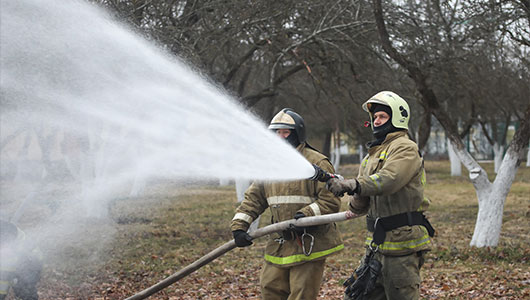
AR-AFFF Foam: Find the Right Formula for Your Needs
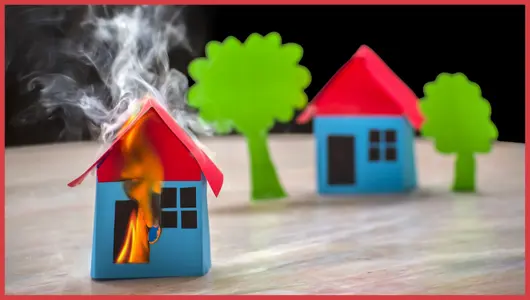
AFFF Foam: Your Essential Guide to Fire Safety

Why ECOFOAM is the Future of Environmentally Friendly Firefighting

Foam Concentrates: Sustainable Solutions for Environmentally Conscious Fire Protection
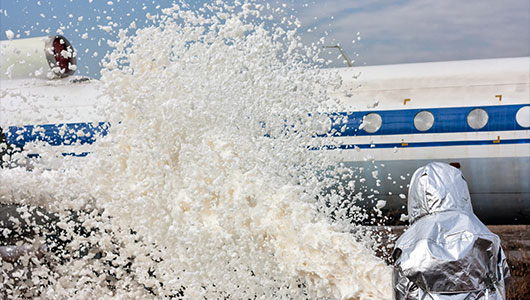
The Right Foam for Every Fire: Synthetic Concentrates for Varied Hazards & Environments
Stop Fire in Its Tracks: Protein Foam's Versatility Across Hazards & Environments

Fluorine-Free Foam (ECOFOAM): Next-Generation Fire Suppression Solutions for Modern Challenges
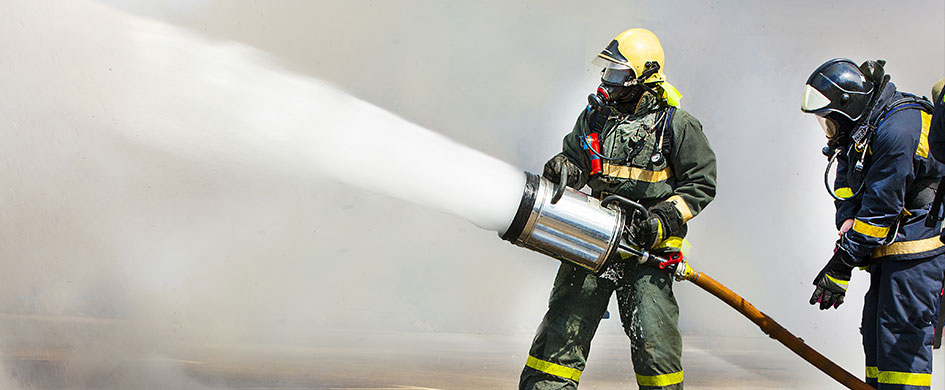
Future of Firefighting is Here: Top Trends in Foam Concentrate Technology Explained

Synthetic Foam Concentrates: The Science Behind Superior Fire Control

Expansion Foam Concentrate: The Game Changer for Fighting Large Fires

Protein Foam 101: How It Works to Fight Fires
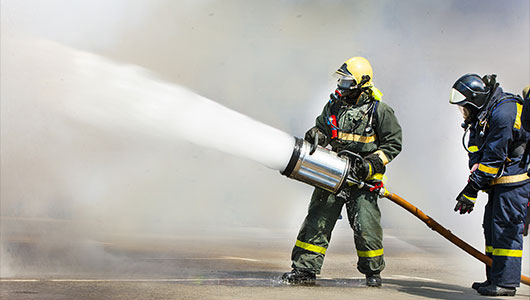
Advantages of Advanced AR-AFFF Foam Technology - Fire Protection Ultimate Guide 2024
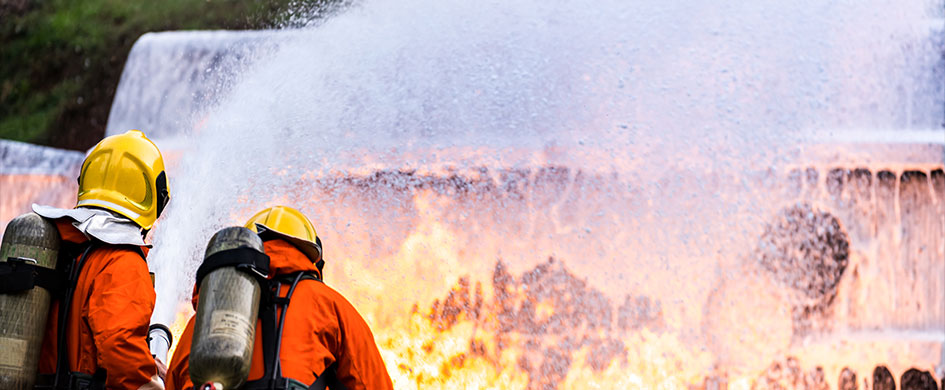
AFFF Fire Suppression: Applications & Benefits for Enhanced Safety
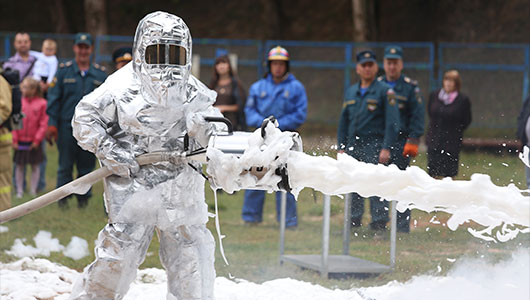
Foam Concentrates vs Traditional Fire Extinguishers: Which is More Effective?

Fight Fires Eco-Friendly: Rise & Future of Fluorine-Free Foam (ECOFOAM)

Synthetic Foam Concentrates: Advancing Fire Suppression with Cutting-Edge Technology

Expand Your Fire Safety Arsenal: Exploring the Versatility of Expansion Foam Concentrate

Protein Foam Concentrates: Harnessing Nature's Power for Effective Fire Suppression | Guide 2024
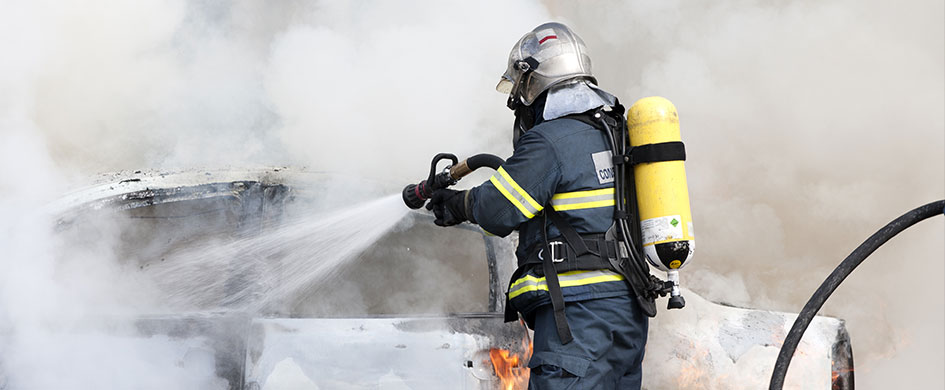
Advanced AR-AFFF Foam: The Cutting-Edge Solution for Superior Fire Suppression Performance
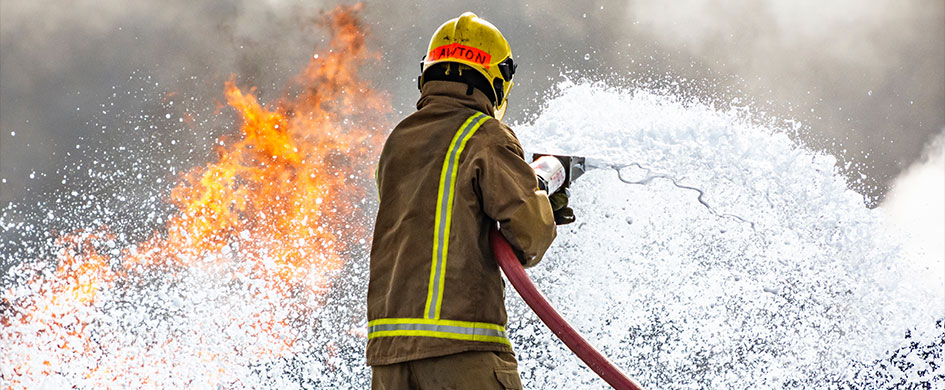
Understanding AFFF Role in Rapid Fire Suppression

The Rise of Eco-Friendly Fire Suppression: Exploring Fluorine Free Foam (ECOFOAM) Solutions

Foam Concentrates: The Ultimate Guide(2024) to Effective Fire Suppression

Choosing the Right Fire Sprinkler System for Your Commercial Property
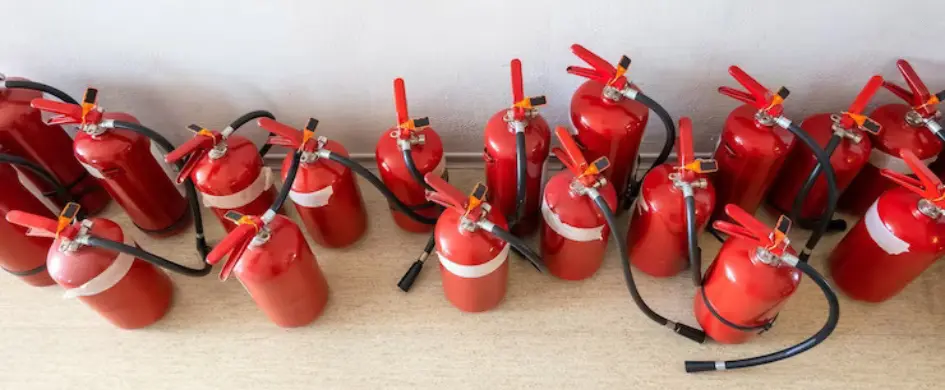
Emergency Evacuation Planning: Steps to Ensure Workplace Safety

The Ultimate Guide to Fire Extinguishers: Types, Uses, and Maintenance
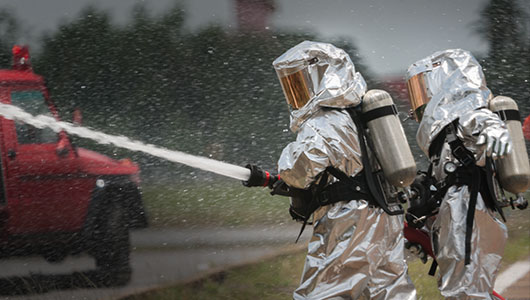
The Role of Personal Protective Equipment (PPE) in Firefighting
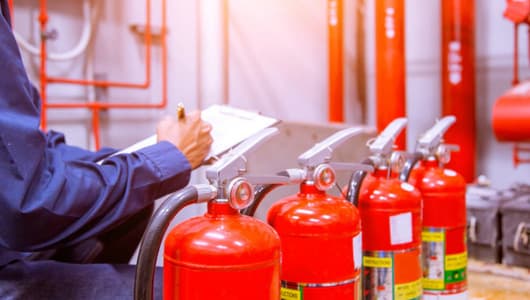
Keeping Your Business Safe: A Comprehensive Guide to Fire Risk Assessments
Protecting Your Electrical Equipment: The Importance of a Fire Suppression System for Electrical Panels
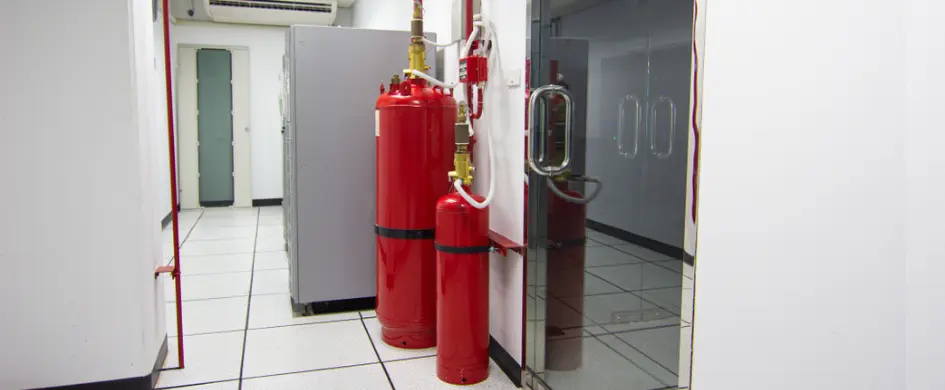
Protect Your Data Center with a Reliable Fire Suppression System

How to choose a water mist fire extinguisher

CO2 Fire Suppression System vs Clean Agent fire Suppression
Ensuring Safety in the Factory: Choosing the Right Fire Fighting Equipment
The Top 5 Places Where Fire Suppression Systems are a Must
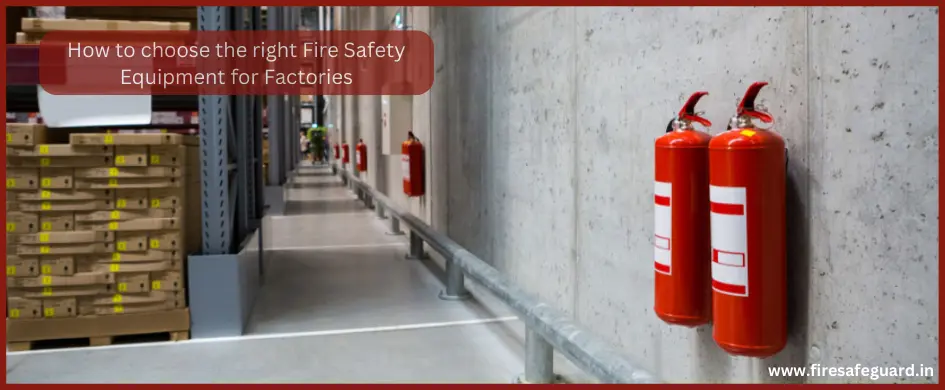
How to Choose the Right Fire Safety Equipment for Factories

Difference Between Fire Suppression System and Fire Sprinkler
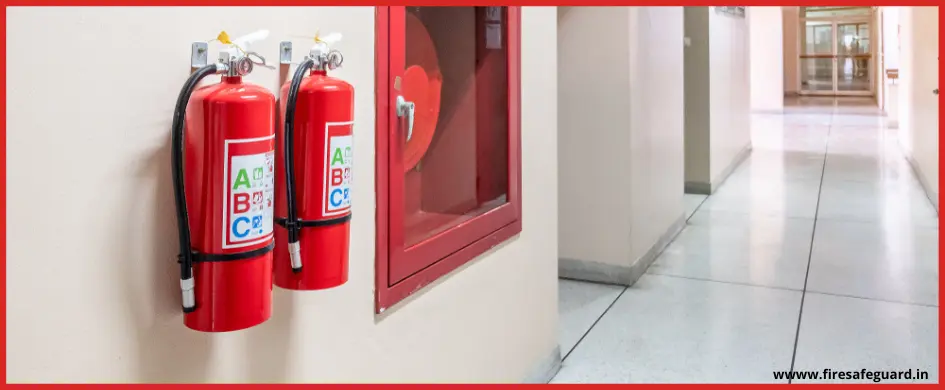
Ultimate Fire Extinguisher Buying Guide for Business owners

Known and Unknown Facts about Fire Everyone Should Know

Everything you need to know about Water Type Extinguisher

What is a Clean Agent Fire Extinguisher ? Detailed Guide 2024

Everything You Need to Know About Foam-Type Fire Extinguishers
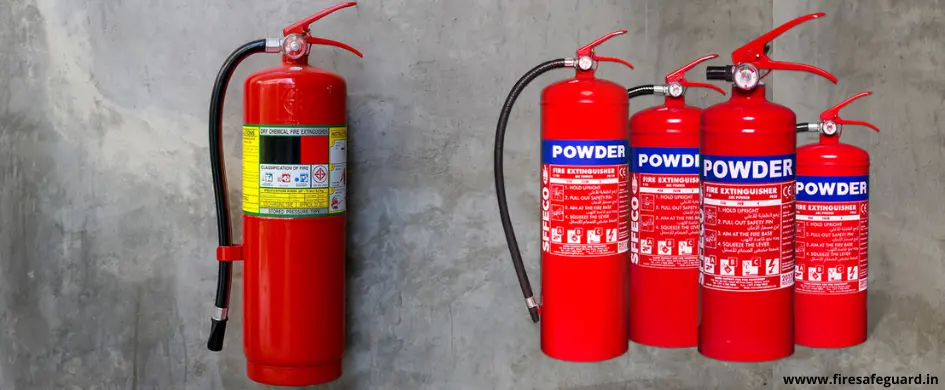
Everything You Need to Know about Dry Chemical Fire Extinguishers - Detailed Guide 2024

Top Fire Extinguisher Manufacturers in India
